Introduction
As the monsoon begins to recede and September approaches, it brings a unique opportunity for gardeners and farmers in India to plan their next round of crops. This transitional period from the rainy season to cooler months is ideal for cultivating a variety of vegetables. The soil remains moist from the rains, and the gradually cooling temperatures create optimal conditions for seed germination and plant growth.
During September, the climatic conditions across most parts of India are favorable for sowing cool-season vegetables. The average temperature ranges between 25°C to 30°C, making it neither too hot nor too cold, which is perfect for vegetable cultivation. The humidity levels are moderate, and the soil temperature is ideal for seedling development. Moreover, the days start to get shorter, which suits many leafy greens and root vegetables.
However, the success of your vegetable garden in September isn’t just about the right timing. Proper cultivation practices are equally crucial to ensure a bountiful harvest. Here are some general tips:
- Soil Preparation (मिट्टी की तैयारी): Start with well-drained, fertile soil. Enrich your garden bed with organic matter like compost or well-rotted manure to improve soil structure and fertility.
- Seed Sowing (बीज बोना): Depending on the vegetable, you can either direct sow the seeds into the ground or start them in seed trays. Ensure proper spacing between the seeds to allow each plant enough room to grow.
- Watering (सिंचाई): Regular watering is essential, especially during the initial stages of growth. However, avoid overwatering, as waterlogged soil can lead to root rot. Drip irrigation is an efficient method to keep the soil consistently moist without causing waterlogging.
- Mulching (मल्चिंग): Apply a layer of mulch around your plants to retain soil moisture, suppress weeds, and maintain soil temperature.
- Pest and Disease Control (कीट और रोग नियंत्रण): Keep an eye out for pests like aphids and caterpillars, which can be common during this time. Use organic pesticides or neem oil as a preventive measure.
- Fertilization (उर्वरक डालना): Feed your plants with a balanced fertilizer or organic options like vermicompost every 2-3 weeks to promote healthy growth.
With these considerations in mind, you can make the most of September’s favorable conditions and enjoy a lush, productive vegetable garden. Let’s explore the top 10 vegetables you can grow during this month, complete with their origins, nutritional profiles, edible parts, and health benefits.
1. Spinach (पालक)
- Origin: Persia (modern-day Iran)
- Edible Part: Leaves
- Health Benefits: Spinach is rich in iron and is excellent for blood health. It also contains antioxidants that support eye health and immunity.
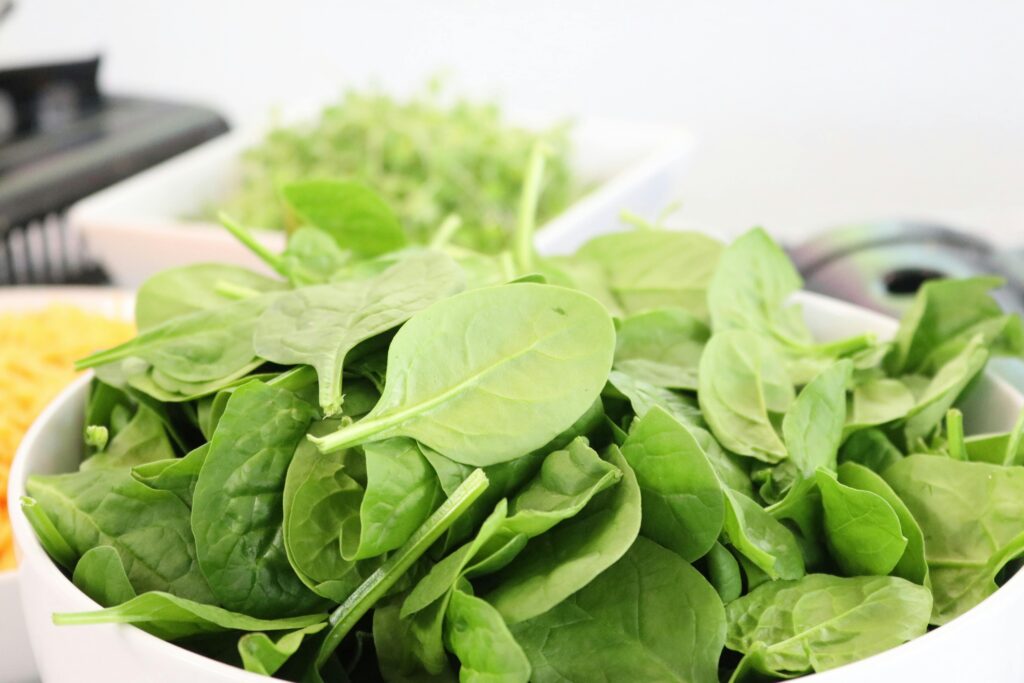
| Nutrient | Amount per 100g |
|---|---|
| Calories | 23 kcal |
| Iron | 2.7 mg |
| Vitamin C | 28 mg |
| Fiber | 2.2 g |
2. Radish (मूली)
- Origin: Southeast Asia
- Edible Part: Root
- Health Benefits: Radish aids digestion and detoxifies the liver. It is also a good source of vitamin C and helps in keeping the skin healthy.
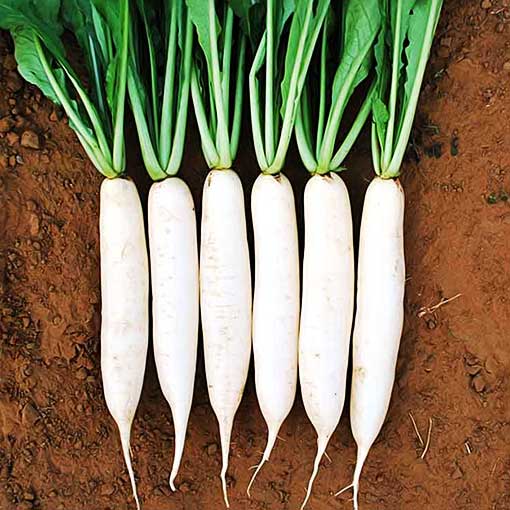
| Nutrient | Amount per 100g |
|---|---|
| Calories | 16 kcal |
| Vitamin C | 14.8 mg |
| Potassium | 233 mg |
| Fiber | 1.6 g |
3. Carrot (गाजर)
- Origin: Persia (modern-day Iran and Afghanistan)
- Edible Part: Root
- Health Benefits: Carrots are loaded with beta-carotene, which is converted into vitamin A in the body, supporting vision and skin health.

| Nutrient | Amount per 100g |
|---|---|
| Calories | 41 kcal |
| Vitamin A | 835 µg |
| Potassium | 320 mg |
| Fiber | 2.8 g |
4. Cauliflower (फूलगोभी)
- Origin: Cyprus
- Edible Part: Flower head
- Health Benefits: Cauliflower is a cruciferous vegetable that supports heart health and has anti-inflammatory properties. It’s also high in fiber and B-vitamins.
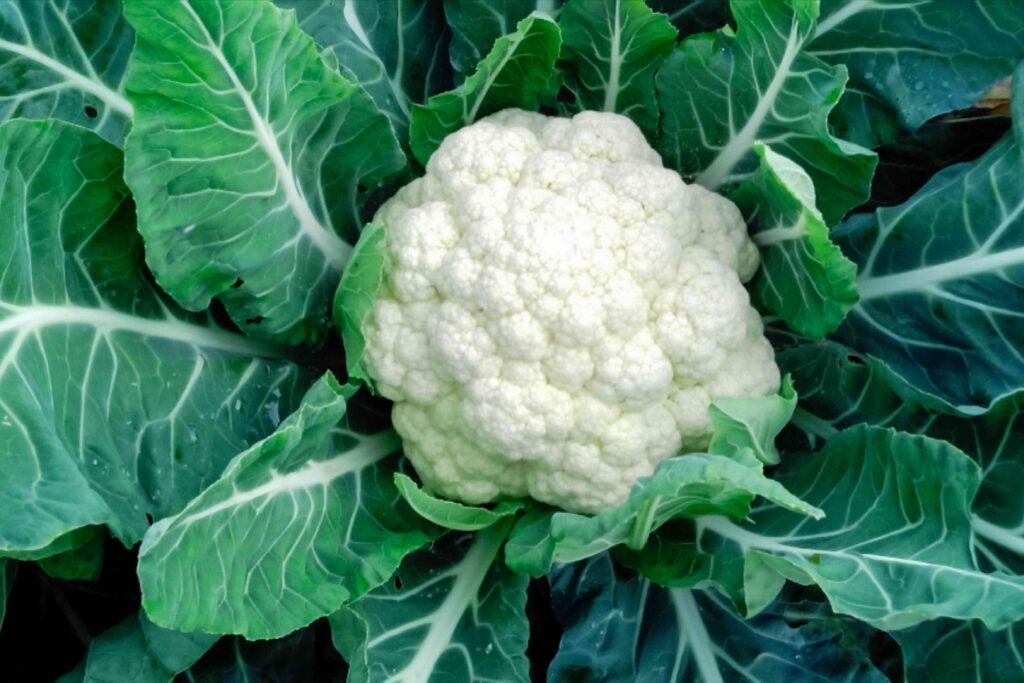
| Nutrient | Amount per 100g |
|---|---|
| Calories | 25 kcal |
| Vitamin C | 48.2 mg |
| Folate | 57 µg |
| Fiber | 2 g |
5. Fenugreek (मेथी)
- Origin: Mediterranean region
- Edible Part: Leaves and seeds
- Health Benefits: Fenugreek helps regulate blood sugar levels and is known for its anti-inflammatory properties. It’s also used in improving digestion.
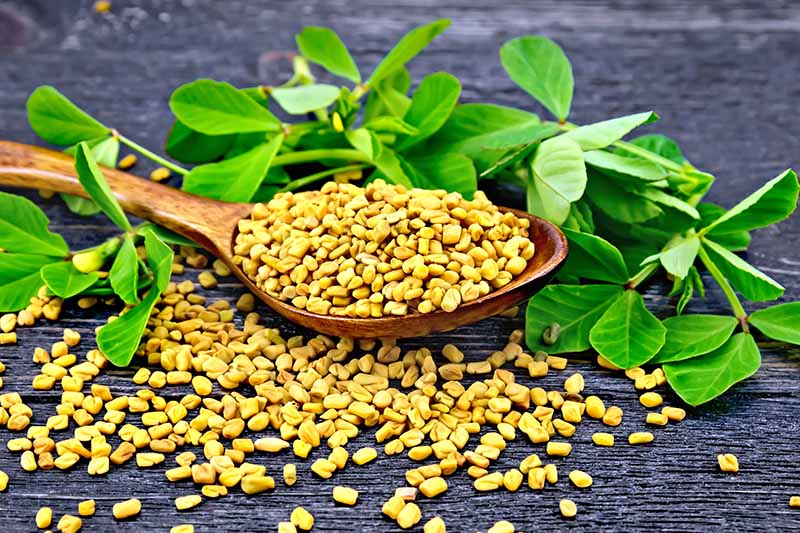
| Nutrient | Amount per 100g |
|---|---|
| Calories | 49 kcal |
| Iron | 1.93 mg |
| Calcium | 176 mg |
| Fiber | 2.6 g |
6. Turnip (शलगम)
- Origin: Middle and Eastern Asia
- Edible Part: Root
- Health Benefits: Turnips are low in calories and rich in vitamin C. They are good for weight management and boost immune health.

| Nutrient | Amount per 100g |
|---|---|
| Calories | 28 kcal |
| Vitamin C | 21 mg |
| Potassium | 191 mg |
| Fiber | 1.8 g |
7. Cabbage (पत्तागोभी)
- Origin: Europe
- Edible Part: Leaves
- Health Benefits: Cabbage is rich in vitamin K and vitamin C, supporting bone health and immune function. It also contains antioxidants that fight inflammation.
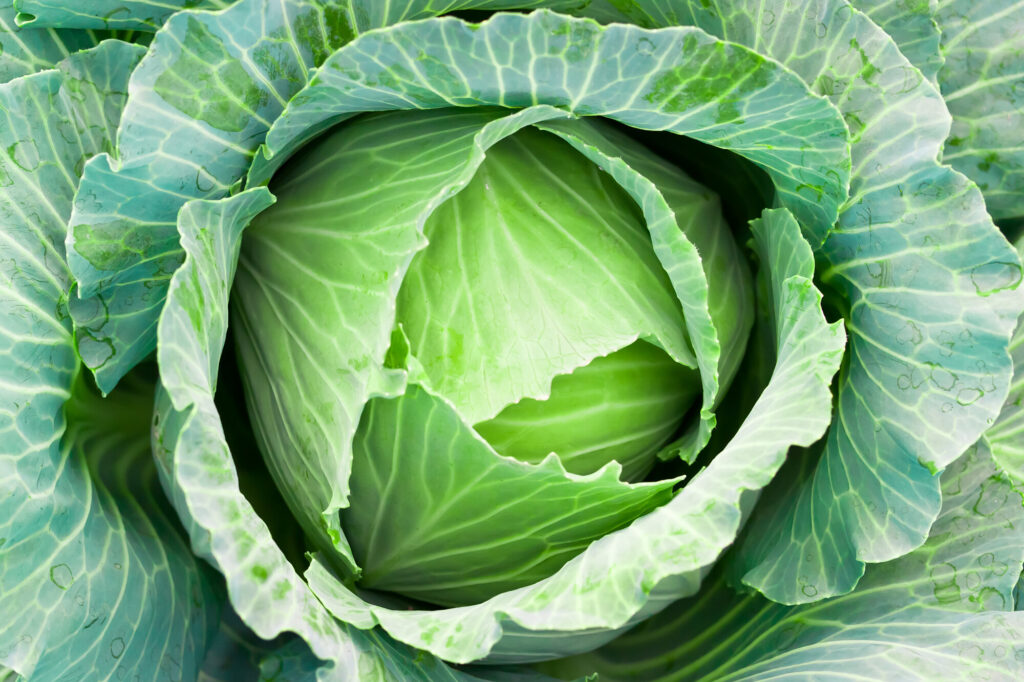
| Nutrient | Amount per 100g |
|---|---|
| Calories | 25 kcal |
| Vitamin K | 76 µg |
| Vitamin C | 36.6 mg |
| Fiber | 2.5 g |
8. Beetroot (चुकंदर)
- Origin: Mediterranean region
- Edible Part: Root
- Health Benefits: Beetroot helps in detoxification and is good for blood pressure regulation due to its nitrate content. It also supports liver function.

| Nutrient | Amount per 100g |
|---|---|
| Calories | 43 kcal |
| Folate | 109 µg |
| Iron | 0.8 mg |
| Fiber | 2.8 g |
9. Broccoli (ब्रोकली)
- Origin: Italy
- Edible Part: Flower head
- Health Benefits: Broccoli is a powerhouse of nutrients, especially vitamin C and fiber. It supports heart health, digestion, and has anti-cancer properties.
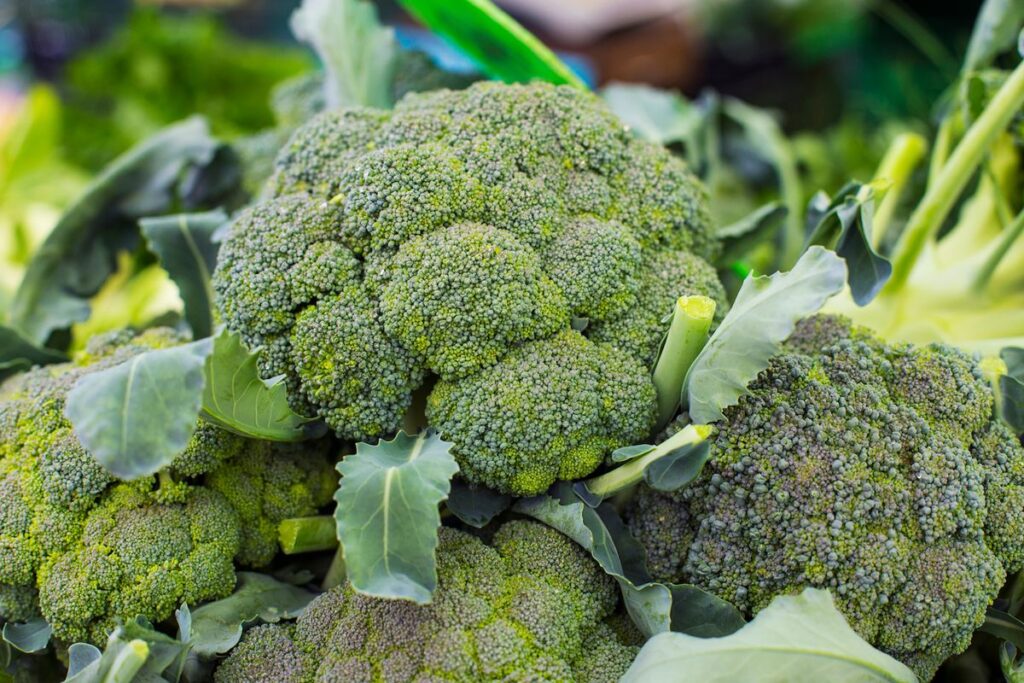
| Nutrient | Amount per 100g |
|---|---|
| Calories | 34 kcal |
| Vitamin C | 89.2 mg |
| Vitamin K | 101.6 µg |
| Fiber | 2.6 g |
10. Brinjal (बैंगन)
- Origin: India
- Edible Part: Fruit
- Health Benefits: Brinjal is high in antioxidants, particularly nasunin, which protects brain cell membranes. It also aids in digestion and weight management.
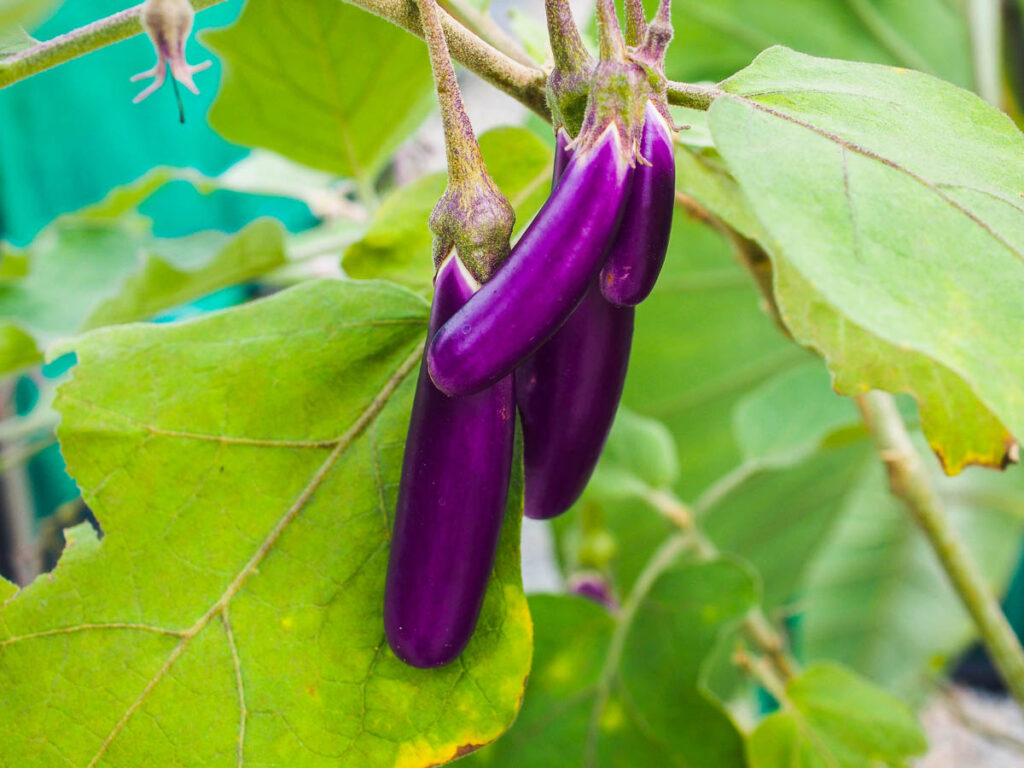
| Nutrient | Amount per 100g |
|---|---|
| Calories | 25 kcal |
| Potassium | 230 mg |
| Vitamin C | 2.2 mg |
| Fiber | 3 g |
FAQs (अक्सर पूछे जाने वाले प्रश्न)
Q1: What is the best time to plant vegetables in September?
A1: The best time to start planting in September is early in the month when the monsoon starts receding, providing cooler and more stable weather conditions.
Q2: Which vegetable grows the fastest in September?
A2: Spinach (पालक) grows quickly, often ready for harvest within 4-6 weeks after planting.
Q3: Can these vegetables be grown in pots?
A3: Yes, many of these vegetables like Spinach (पालक), Fenugreek (मेथी), and Radish (मूली) can be easily grown in pots.
Q4: How often should I water these vegetables?
A4: It depends on the weather. Generally, watering 2-3 times a week is sufficient, but during dry spells, daily watering may be required.
Q5: Do these vegetables require fertilizers?
A5: Organic fertilizers like compost or vermicompost work best for these vegetables. They improve soil health and provide necessary nutrients.
By understanding the unique climatic conditions of September and applying the right

